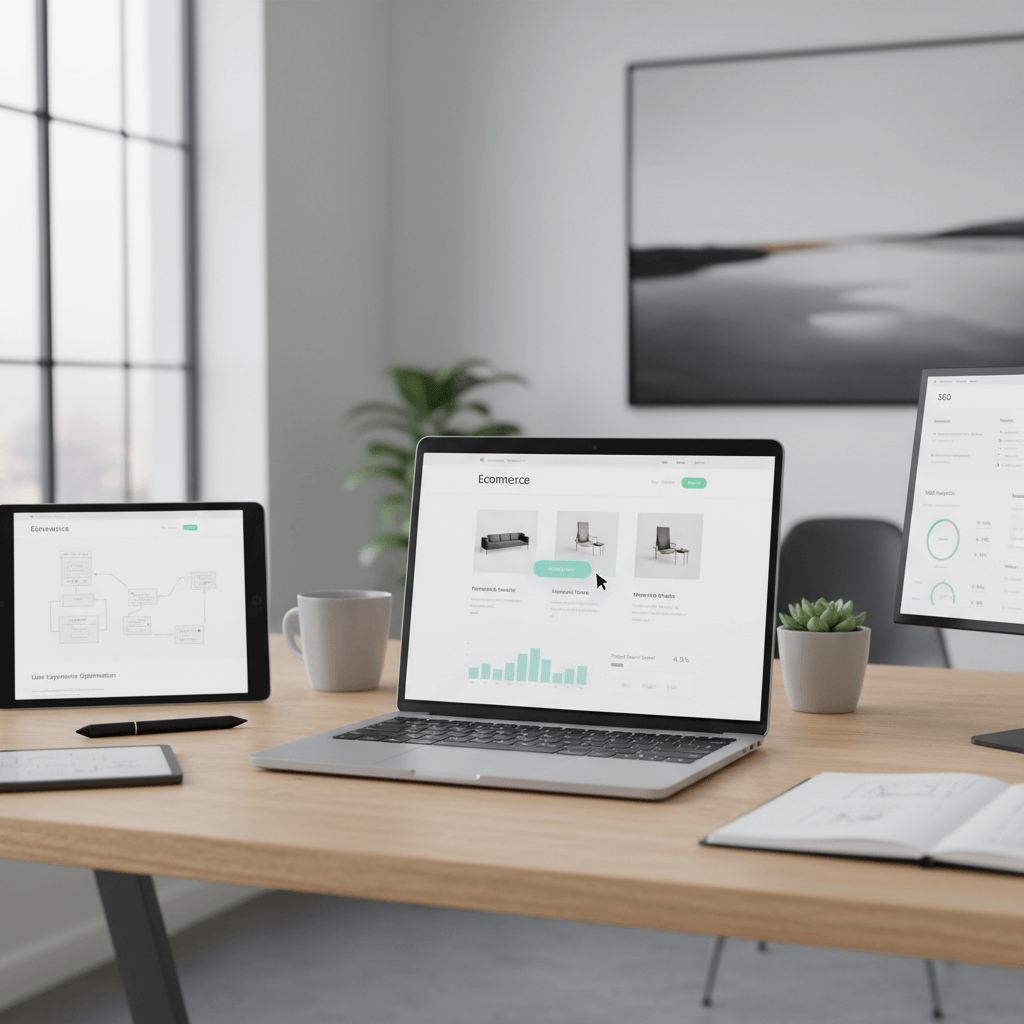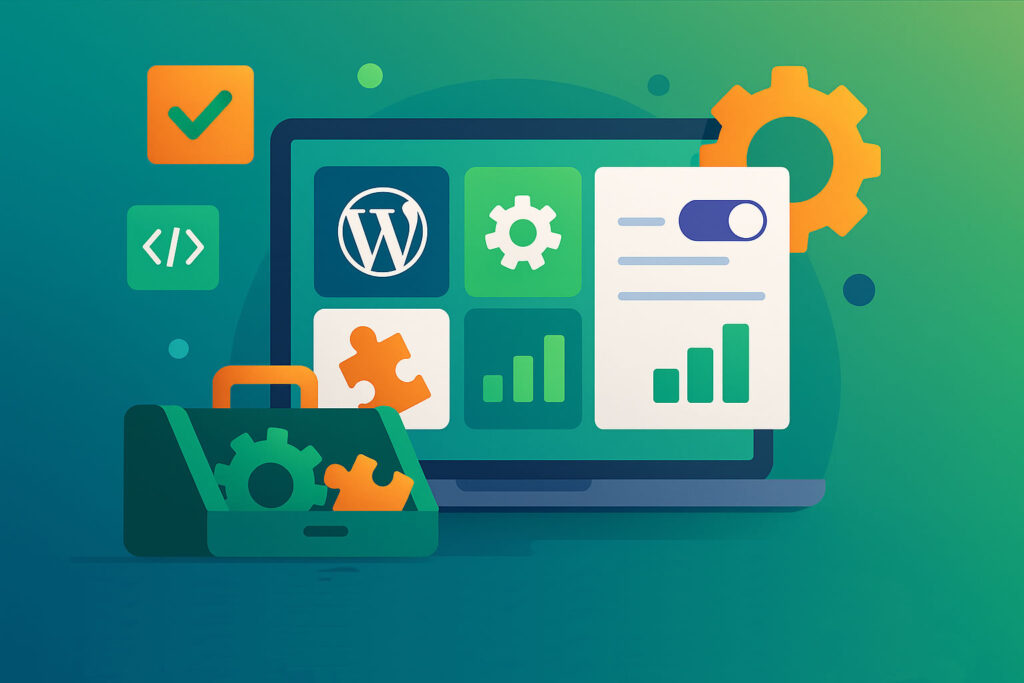Ecommerce & WordPress Design Trends 2025

Ecommerce & WordPress Design Trends 2025
Ecommerce Website Design Trends for 2025
Mobile-First and Responsive Design Principles
Designing ecommerce websites with a mobile-first approach is essential in 2025. With an increasing number of shoppers using smartphones and tablets, ensuring your WordPress ecommerce site adapts seamlessly to different screen sizes enhances user experience and conversion rates. Responsive design not only improves accessibility but also aligns closely with updated search engine algorithms, boosting WordPress SEO performance[^2].
Minimalist Aesthetics and Navigation Optimization
Minimalist design continues to dominate ecommerce website design trends for 2025. Simplifying layouts and focusing on clean, uncluttered interfaces help reduce bounce rates and improve user focus on products. Optimizing website navigation by employing intuitive menus and clear call-to-action buttons enhances the overall shopping journey. Current studies show that minimalist ecommerce designs can reduce bounce rates by up to 20% compared to more cluttered layouts[^1].
For those interested in the collaboration between design and development, understanding their distinct roles in projects, especially in no-code WordPress environments, can support better navigation design choices and site performance Web design vs development roles & collaboration.
The Role of Micro-Interactions in User Engagement
Micro-interactions—small animations or feedback elements when users perform certain actions—play a nuanced role in ecommerce engagement. When used thoughtfully, they enhance usability and guide buyers through the site without distraction. Studies suggest micro-interactions can increase user engagement by approximately 15%, though precise impacts on conversion rates in 2025 are still being explored[^4]. Implementing subtle micro-interactions improves perceived responsiveness and can elevate the user experience significantly[^4].
WordPress SEO Best Practices for Ecommerce
Structured Data and Metadata Optimization
Structured data implementation is a cornerstone of effective WordPress SEO for ecommerce in 2025. Using schema markup helps search engines better understand product information, including pricing, availability, and reviews, which can enhance rich snippets in search results. Metadata optimization, such as crafting unique and descriptive meta titles and descriptions, further improves click-through rates and ranking potential[^2].
Image Optimization Techniques
Images are vital in ecommerce but can negatively affect site speed if not optimized. Leveraging next-generation image formats like WebP and AVIF reduces file sizes by up to 30-50% without sacrificing quality. These formats can improve loading speeds on WordPress ecommerce sites, delivering a better user experience and higher SEO rankings[^5].
Improving Website Performance and Speed
Website performance directly influences user experience and conversion rates. Optimizing caching, minimizing HTTP requests, and using content delivery networks (CDNs) are key practices. Regularly auditing site performance with tools can help identify bottlenecks. According to recent studies, fast-loading ecommerce sites outperform slower competitors by retaining up to 50% more customers and generating higher sales[^3].
Best Practices in User Experience Optimization
Personalized Shopping Experiences
Personalization enhances ecommerce by tailoring product recommendations and content based on user behavior and preferences. While AI-driven personalization grows, it requires careful integration with WordPress ecommerce themes to avoid compatibility issues. Targeted offers and customized interfaces can significantly boost engagement and loyalty when implemented thoughtfully.
Checkout Processes: Multi-Step vs Single Page
Choosing between multi-step and single-page checkout should depend on your customers’ preferences and product complexity. Both have advantages; some shoppers prefer simplified single-page checkouts for speed, while others appreciate multi-step processes that guide them clearly. Testing both options with your audience is the most effective approach.
Accessibility and Inclusive Design Considerations
Inclusive design in ecommerce is crucial to reach a broader audience. Ensuring your WordPress site supports screen readers, keyboard navigation, and visible focus indicators improves accessibility. Designing with inclusivity in mind aligns with current web standards and supports SEO efforts by keeping your site usable for everyone[^2].
References
[^1]: 10 Ecommerce Trends Every Business Should Know in 2025 — shopify.com — https://www.shopify.com/enterprise/ecommerce-trends
[^2]: WordPress SEO Best Practices for Ecommerce Websites — yoast.com — https://yoast.com/wordpress-seo-for-ecommerce/
[^3]: The State of Web Performance 2025 — web.dev — https://web.dev/performance/
[^4]: Microinteractions and User Engagement in Web Design — nngroup.com — https://www.nngroup.com/articles/microinteractions/
[^5]: Image Optimization Techniques for Faster Ecommerce Sites — developers.google.com — https://developers.google.com/web/fundamentals/performance/optimizing-content-efficiency/image-optimization
Meta description: Discover top ecommerce website design and WordPress SEO trends for 2025 focused on user experience, micro-interactions, and optimized site performance.







Responses